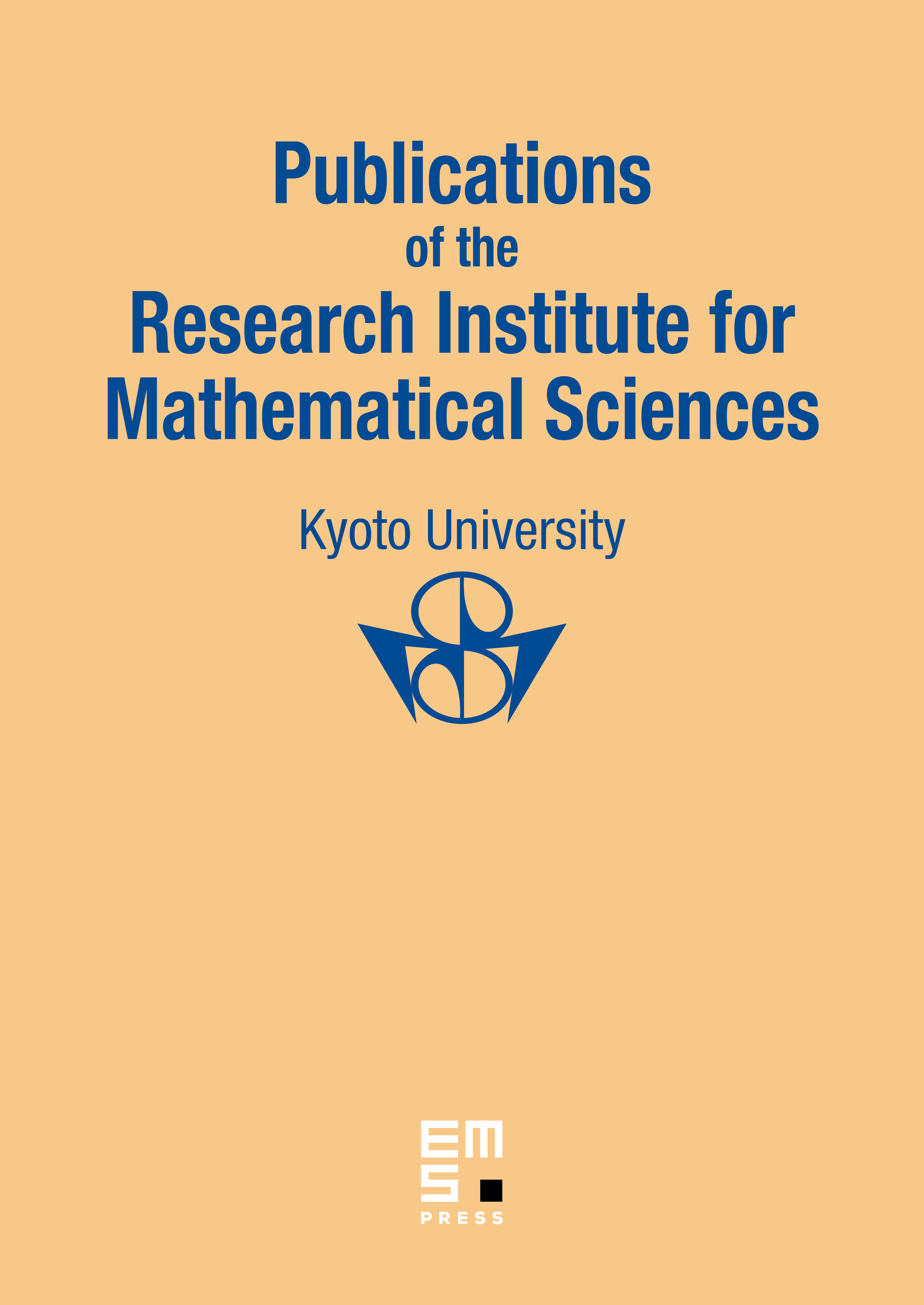Toward Resolution of Singularities over a Field of Positive Characteristic (The Idealistic Filtration Program)<br>Part II. Basic invariants associated to the idealistic filtration and their properties
Hiraku Kawanoue
Kyoto University, JapanKenji Matsuki
Purdue University, West Lafayette, USA

Abstract
This is the second of a series of four papers entitled “Toward resolution of singularities over a field of positive characteristic (the Idealistic Filtration Program)”. The goal is to present the IFP, and to ultimately construct an explicit algorithm guided by the program.
In the classical setting in characteristic zero, resolution of singularities was carried out by induction on dimension. We take a so-called “hypersurface of maximal contact” to reduce the dimension by one. In the algorithm, we construct the strand of invariants “invclassic” of the following form:
invclassic = (w, s)(w, s)(w, s) · · · ,
where the unit (w, s) consists of the weak order w and the number s of the “old” components in the boundary. Going from one unit to the next, the dimension of the object which we use to extract the information to compute the invariants drops by one, manifesting the induction on dimension. We run the algorithm with the center of blowup determined as the maximal locus of “invclassic”.
In our new setting in positive characteristic, we no longer have a hypersurface of maximal contact. However, we try to carry out the induction on “invariant σ”, which indicates the behavior of “a Leading Generator System”. The notion of an LGS plays the role of a collective substitute for a hypersurface of maximal contact in the IFP. Accordingly, in our new algorithm, we construct the strand of invariants “inv” of the following form:
inv = (σ, µ, s)(σ, µ, s)(σ, µ, s) · · · ,
where the unit (σ, µ, s) consists of the above mentioned σ, followed by µ and s, which correspond to w and s in the classical setting, respectively. Going from one unit to the next, the invariant σ of the LGS of the object, namely an idealistic filtration, strictly drops, manifesting the induction on the invariant σ. We run the new algorithm with the center of blowup determined as the maximal locus of “inv”.
The main purpose of this paper, Part II of the series, is to study the basic properties of the invariants that appear in the strand of invariants “inv”, establishing the upper semicontinuity of the pair (σ, µ) among others.
Cite this article
Hiraku Kawanoue, Kenji Matsuki, Toward Resolution of Singularities over a Field of Positive Characteristic (The Idealistic Filtration Program)<br>Part II. Basic invariants associated to the idealistic filtration and their properties. Publ. Res. Inst. Math. Sci. 46 (2010), no. 2, pp. 359–422
DOI 10.2977/PRIMS/12